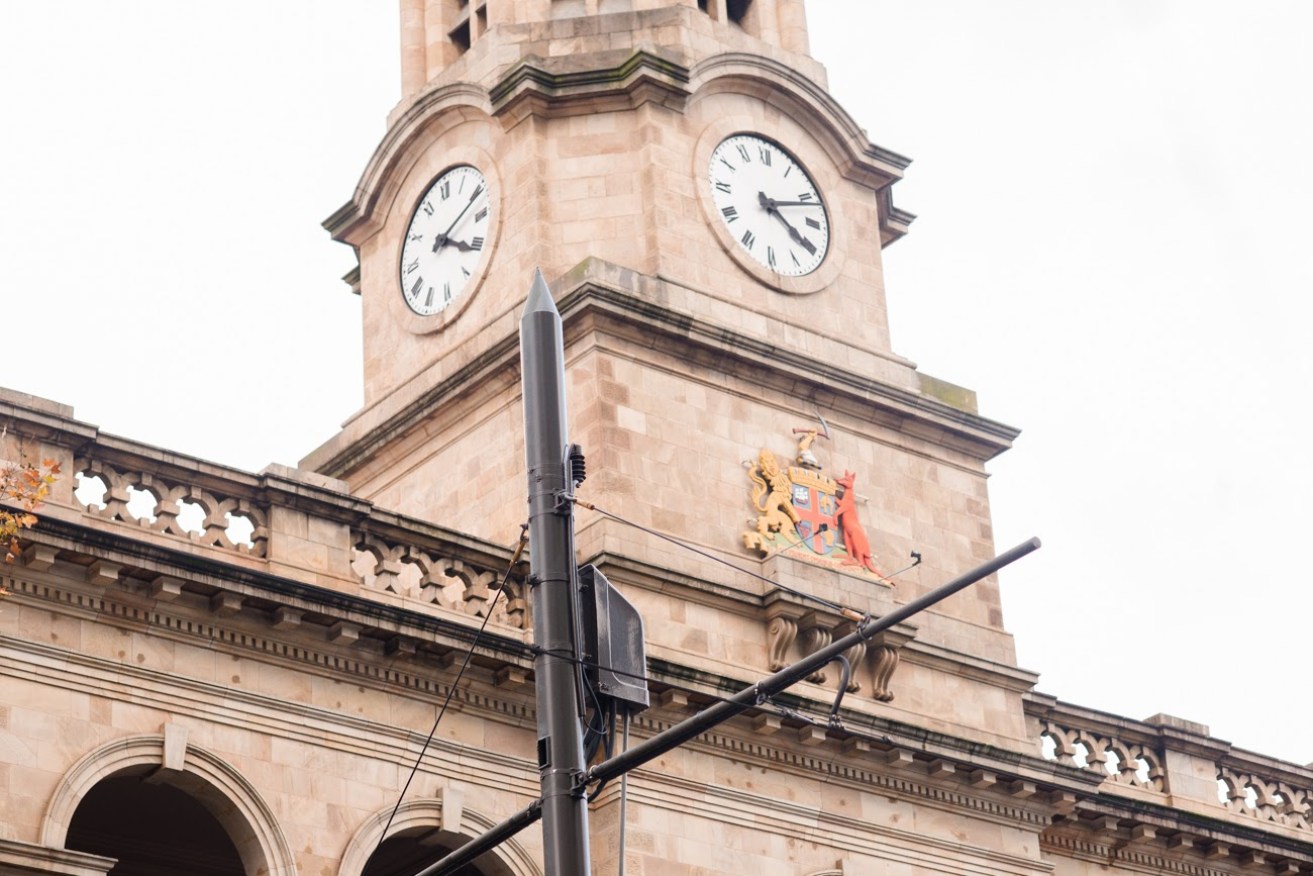However, in a city like Adelaide where built heritage is such an integral part of the city’s character, building owners, architects and governments are coming up with innovative ways of reducing carbon footprints.
The trend of demolishing old buildings and replacing them with more efficient structures has its hidden environmental costs, explains leading South Australian heritage architect Liz Vines of McDougall & Vines.
“The star rating system doesn’t actually include the cost of the embedded energy within a building, the environmental cost of demolishing it and the cost of all the energy to make the materials for a new building,” Vines said.
“My conviction is one of wanting to recycle existing buildings. The problem comes where the development potential is much greater than what is already on the site.”
The former President of the International Council of Monuments and Sites said retrofitting buildings to become more environmentally friendly had its challenges but “was easily doable if you know what you’re doing”.
“Europe is full of buildings that are constantly being retrofitted with effective green star ratings,” she said.
“We need to maintain Adelaide’s character, which is its plan and the heritage buildings.
“We’ve got plenty of good examples in South Australia of old buildings being re-used, repurposed and recycled.”
One such example is the Adelaide Town Hall. Opened in 1863, the town hall is a significant feature of the city’s rich heritage. The Adelaide City Council has delivered an ambitious program to minimise the energy use of the Town Hall while protecting its heritage values. The building is now using 20 per cent less energy, emitting 32 per cent fewer carbon emissions and saving more than $60,000 a year in annual energy costs compared to 2011/12.
This has been mainly achieved by replacing hundreds of heritage light fittings with LED globes – including about 80 globes in four historic chandeliers – and upgrading the building’s chiller and boilers with more environmentally friendly and energy efficient models.
The council has also introduced a number of programs such as the Heritage Incentive Scheme and the Sustainability Incentives Scheme. The schemes subsidise landlords, businesses and residents who carry out work to maintain and improve heritage buildings and those who choose to adopt green initiatives such as LED lighting, uptake of solar PV and the fitting of rainwater tanks.
Adelaide Lord Mayor Martin Haese said the city contained about a quarter of the state’s 8000 heritage buildings.
He said the city’s cultural heritage was a valuable economic asset as it contributed towards liveability, tourism, growth and sustainability.
“Adelaide’s architectural heritage and character defines us as a city and as a community, as it does in many suburbs around Adelaide,” Haese said.
“Protecting and restoring our historic buildings joins up heritage, sustainability and economic efficiencies.
“Working towards a carbon neutral Adelaide presents opportunities to invest in energy efficiency, renewable energy and smart technologies to reduce emissions.
“These benefits are available to everyone in our community today in their own homes, businesses and sporting clubs, including heritage properties.”
About 60 per cent of Adelaide’s almost one million tonnes of carbon emissions a year come from the built environment. These initiatives are aimed at helping the City of Adelaide achieve its ambition of becoming the world’s first carbon neutral city.
In an Australian first, the South Australian Government is also poised to help commercial building owners improve their heritage buildings.
Changes to legislation were made in 2015, to give building owners easier access to private financing of environmental and heritage upgrades to existing commercial buildings, as part of the Building Upgrade Finance scheme. Regulations are now being finalised to allow the mechanism to begin.
The scheme can be used to finance environmental and other improvements to heritage buildings. The scheme will allow building owners to more easily access private finance to green their building, with upgrades that either improve energy and/or water efficiency, reduce emissions, or include renewable energy measures to be eligible under the scheme.
South Australian Climate Change Minister Ian Hunter said the scheme represented a “win-win” for property owners, tenants, the environment and the economy.
“Adelaide has some wonderful heritage buildings and I’m proud that South Australia is the first jurisdiction in Australia where heritage building upgrades qualify for financing under this mechanism, enabling these buildings to not only remain beautiful but also become energy efficient, environmentally friendly and more utilised,” he said.
“Widespread uptake of the mechanism could stimulate jobs and spend in the property sector, particularly as further improvements in emissions-reducing technology become available.”
Solstice Media has partnered with the South Australian Government to provide information about the transition to a low-carbon economy. Read more stories like this here.





